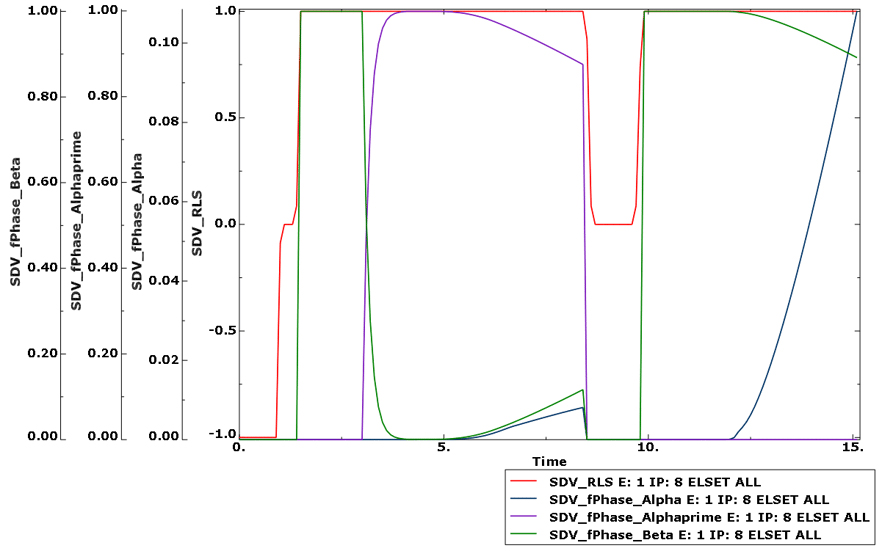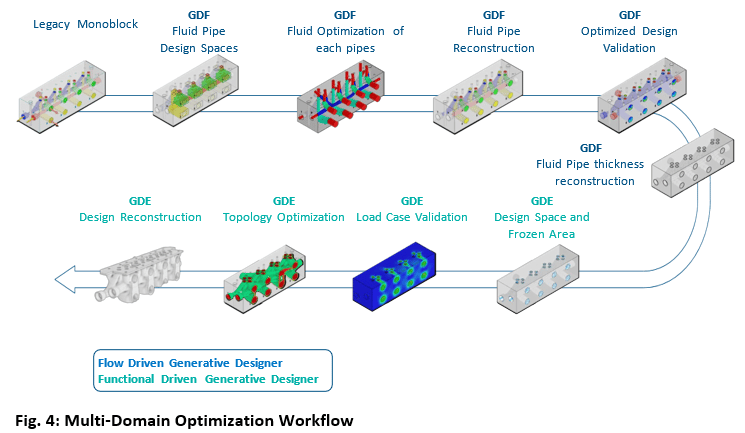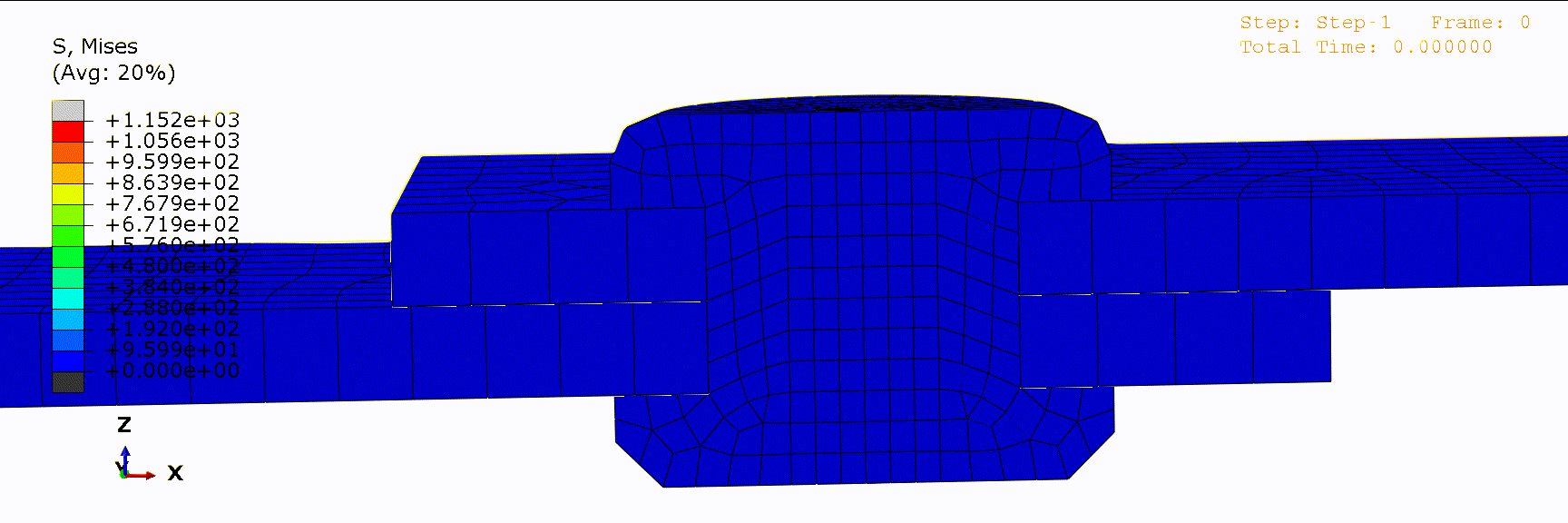Abaqus version 2022 now offers fully embedded additive manufacturing (AM) process simulation features. The AM Modeler plug-in, which previously had to be downloaded from the Dassault Systèmes website, is now available as a built-in plug-in in Abaqus/CAE.
New features for this kind of simulation are still being developed and added to Abaqus. The current release (2022) also brought a pattern-based method for thermomechanical analyses of powder-bead type AM processes and modeling of metallurgical phase transformations.
What is more, the first fix pack for Abaqus 2022 introduced the ability to vary both the bead width and bead orientation in Fused Deposition Modeling (FDM) and Laser Directed Energy Deposition (LDED) processes.
The AM Modeler plug-in was refactored a few times in previous years. Currently, its new model creation window has the following appearance:
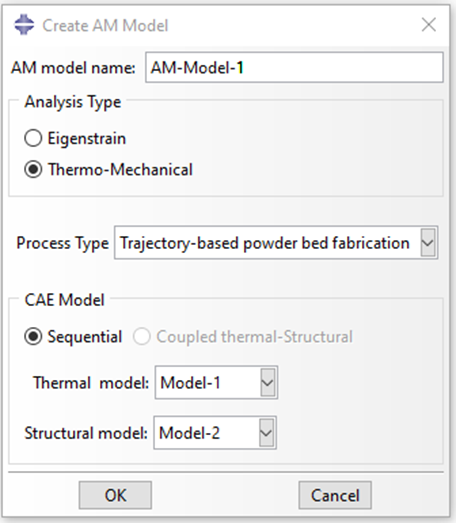
The available analysis types include:
- Eigenstrain
- Trajectory-based
- Pattern-based
- Thermo-mechanical
- Powder-bed
- Trajectory-based
- Pattern-based
Eigenstrain-based simulations consist of just a single stress analysis with a predefined set of eigenstrains applied to each element upon activation and representing the inelastic deformations occurring during the additive manufacturing process. Eigenstrains are understood as all sources of inelastic deformations leading to residual stresses and distortions of products. Thermal strains are among them. These simulations can be either trajectory-based or pattern-based. In the first case, element activation and application of eigenstrains are based on a specified trajectory of material addition. In the second case, elements are activated layer by layer and eigenstrains are applied based on a specified in-plane pattern for each layer.
Thermo-mechanical simulations are a standard approach involving sequential thermal-stress analyses consisting of a transient heat transfer step followed by a static step that uses the temperatures from the first stage as loads. In the case of powder-bed type processes, simulations can be carried out using the traditional trajectory-based approach or the new pattern-based approach. The first method requires the specification of laser and recoater/roller blade paths in the format used by event series - time, coordinates and value (laser power or recoater state - on or off). Instead of describing toolpath trajectories, the second method involves the definition of a scan pattern representing the idealized motion of a tool. The part is divided into slices perpendicular to the printing direction. Those are further divided into rectangular unit cells consisting of several patches with local orientations of the scanning motion with respect to one of the build axes.
Modeling of metallurgical phase transformations is another new feature meant for simulations of additive manufacturing processes, it can also be used for analyses of other forms of heat treatment. A special-purpose built-in user-defined material is available for this purpose and can be accessed by using material names and parameter/property table types starting with "ABQ_PHASE_TRANS". This framework can account for the melting and solidification of raw material, as well as for the subsequent metallurgical solid-state phase transformations caused by heating and cooling. It’s also possible to account for the size and morphology of grains. The concept of the Raw-Liquid-Solid (RLS) state of the material is used. The fused material can be re-melted during the analysis. Transitions between these three states occur within temperature ranges bounded by solidus and liquidus temperatures. Apart from that, two types of solid-state transformations are supported - diffusional and martensitic. The kinetics of these transformations are defined by using time-temperature-transformation (TTT) diagrams or by specifying proper coefficients directly. It is also possible to specify material properties as functions of a metallurgical state.
The plot obtained from a single-element benchmark problem from Abaqus documentation is shown below. The analysis was performed for a titanium alloy Ti-6Al-4V subjected to temperature cycles with constant heating and cooling rates.
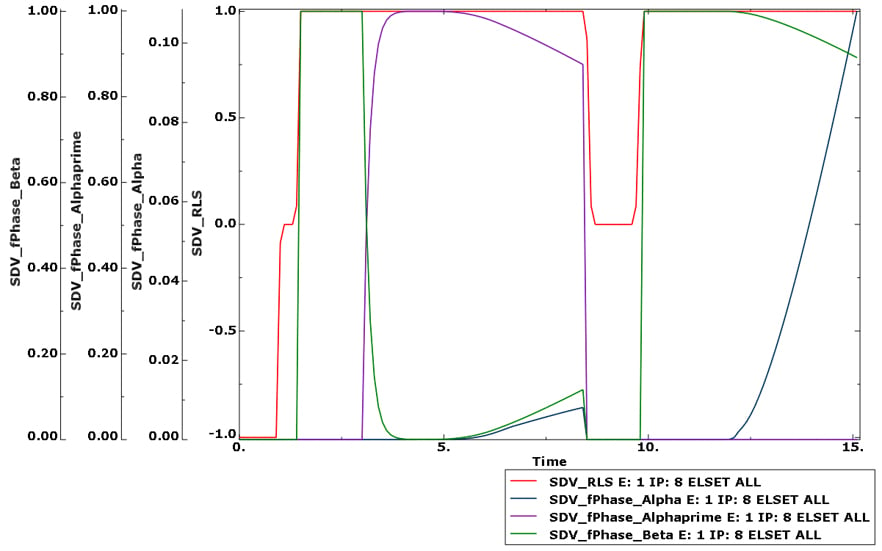
The changes in phase content are depicted in this plot. Phases beta, alpha and alpha prime are commonly known in metallurgy when titanium is considered. The RLS variable describes the material as raw (-1), liquid (0) or solid (1). It can be seen that the beta phase initially dominates when the material is in a solid state. Then, the martensitic transformation occurs and the beta phase changes to alpha prime.
The diagram below shows the temperature cycles applied in this model:
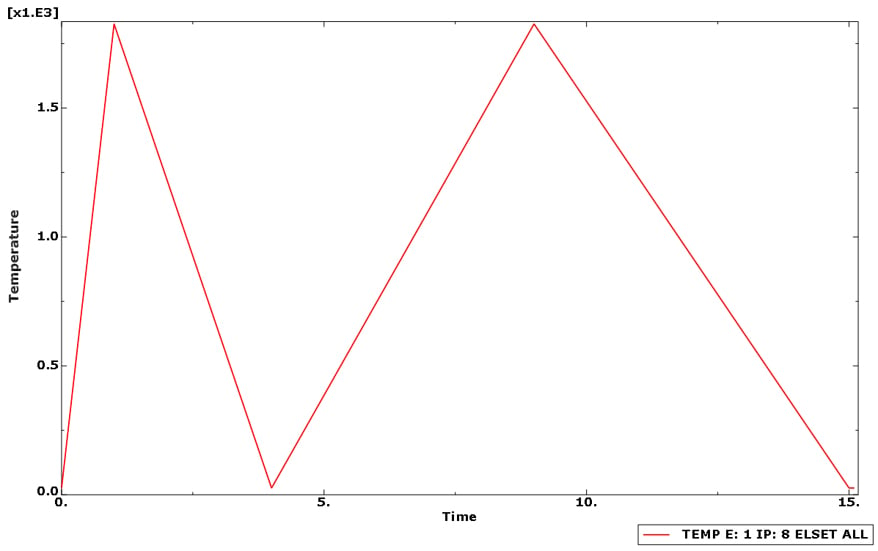
Conclusions
-
The additive manufacturing modeling features are built into Abaqus and do not require any additional libraries or plug-ins to be downloaded.
-
New features are still being added for AM simulation capabilities of Abaqus.
-
Abaqus 2022 introduced a pattern-based method for thermomechanical analyses of powder-bead type AM processes and modeling of metallurgical phase transformations.
-
The first fix pack for Abaqus 2022 added the ability to vary both the bead width and bead orientation in AM process simulations.
-
Built-in AM analysis types include both eigenstrain and thermomechanical simulations with either trajectory-based or pattern-based approach (for selected AM processes).
-
AM features in Abaqus cover powder-bed, LDED and FDM manufacturing methods. Other processes could be simulated with more manual approach.
-
Metallurgical phase transformation modeling framework accounts for melting and solidification but also solid-state phase transitions in metals.
-
The Abaqus functionalities discussed above allow for realistic simulations of a wide range of additive manufacturing processes.
